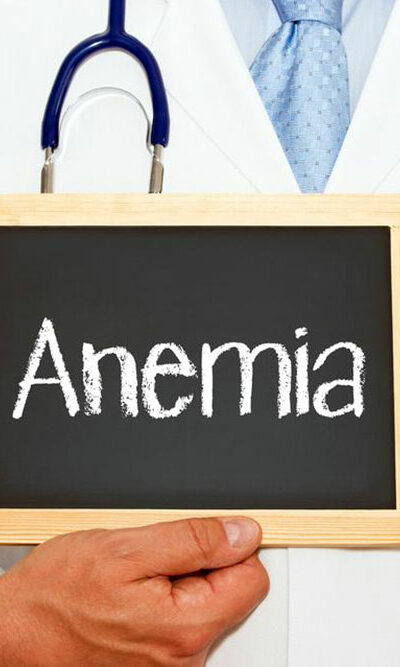
6 FDA-approved medications for high cholesterol
6 FDA-approved medications for high cholesterol High cholesterol leads to fatty deposits in the blood vessels. Over time, these deposits grow, causing difficulties for the blood to flow through the arteries. In some cases, the deposits may break off and form clots. These can cause a stroke or heart attack. There can be multiple causes of high cholesterol; the causes can be genetic or a result of unhealthy lifestyle habits. This makes high cholesterol a preventable and treatable health disorder. High cholesterol can be easily managed by following a balanced and healthy diet along with regular exercise. In case the cholesterol levels are extremely high, medications may be required to control and manage the condition. There are a few medications for high cholesterol that are approved by the FDA. All these medications must be taken only when prescribed by a doctor. Kynamro A cholesterol-lowering medication, Kynamro works by lowering bad cholesterol in the blood, such as non-high-density lipoprotein (non-HDL), apolipoprotein-B (apo-B), and low-density lipoprotein (LDL). It is effective when used along with a low-fat diet and other prescribed treatments. Kynamro is usually recommended to those with homozygous familial hypercholesterolemia, an inherited type of high cholesterol. It is, however, not suitable for those with heterozygous familial hypercholesterolemia. Although Kynamro lowers high cholesterol levels, it is uncertain if the medication can lower the risk of heart diseases. Altoprev Altoprev, when used with a diet, helps lower blood levels of bad cholesterol such as low-density lipoprotein (LDL). Altoprev works by increasing the levels of good cholesterol or high-density lipoprotein (HDL). The medication also lowers the levels of triglycerides, a type of fat in the blood. A high level of triglycerides increases the risk of cardiovascular disorders. The use of Altoprev has been known to lower the risks of heart attacks, strokes, and other heart complications resulting from diabetes.










